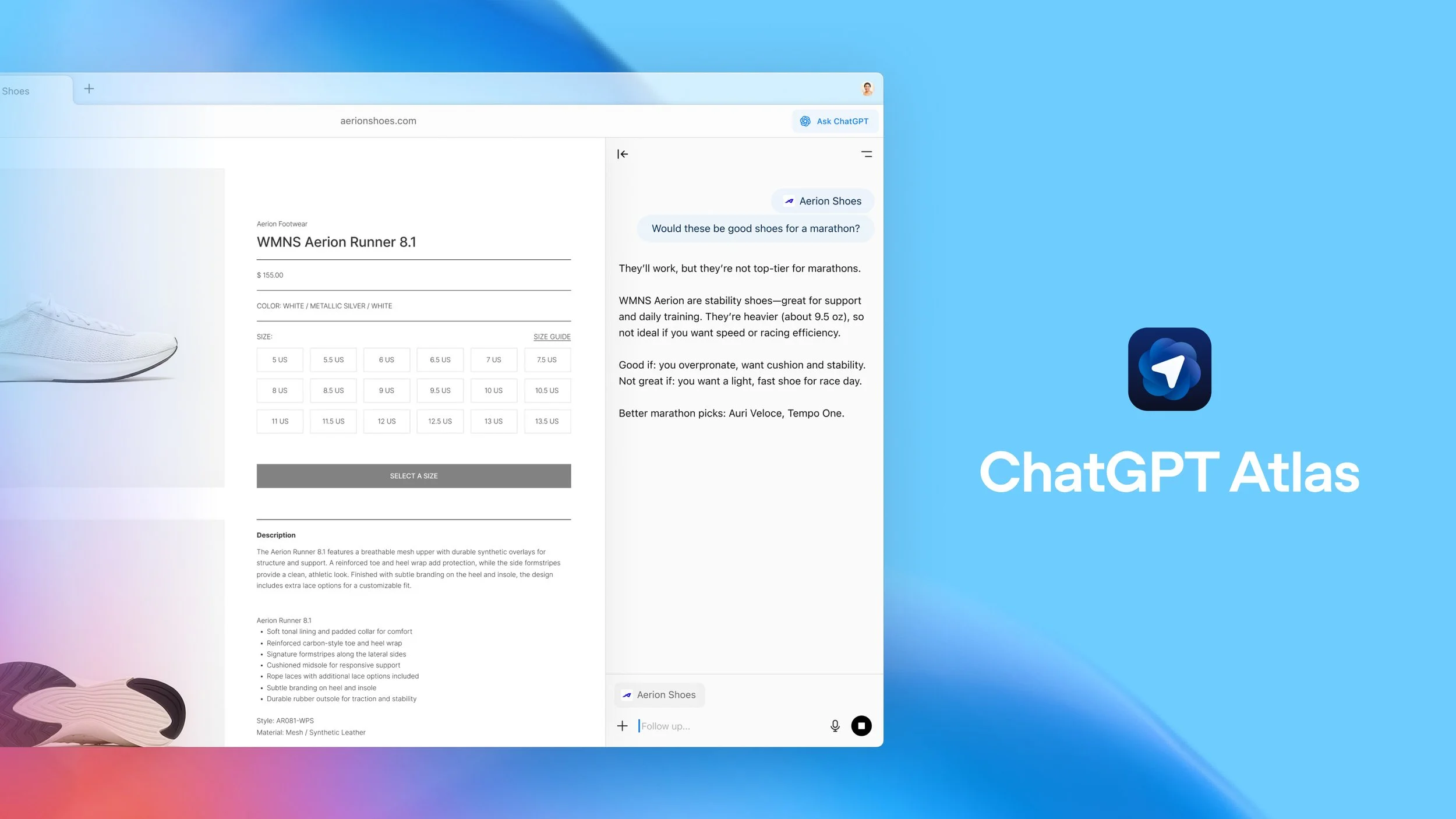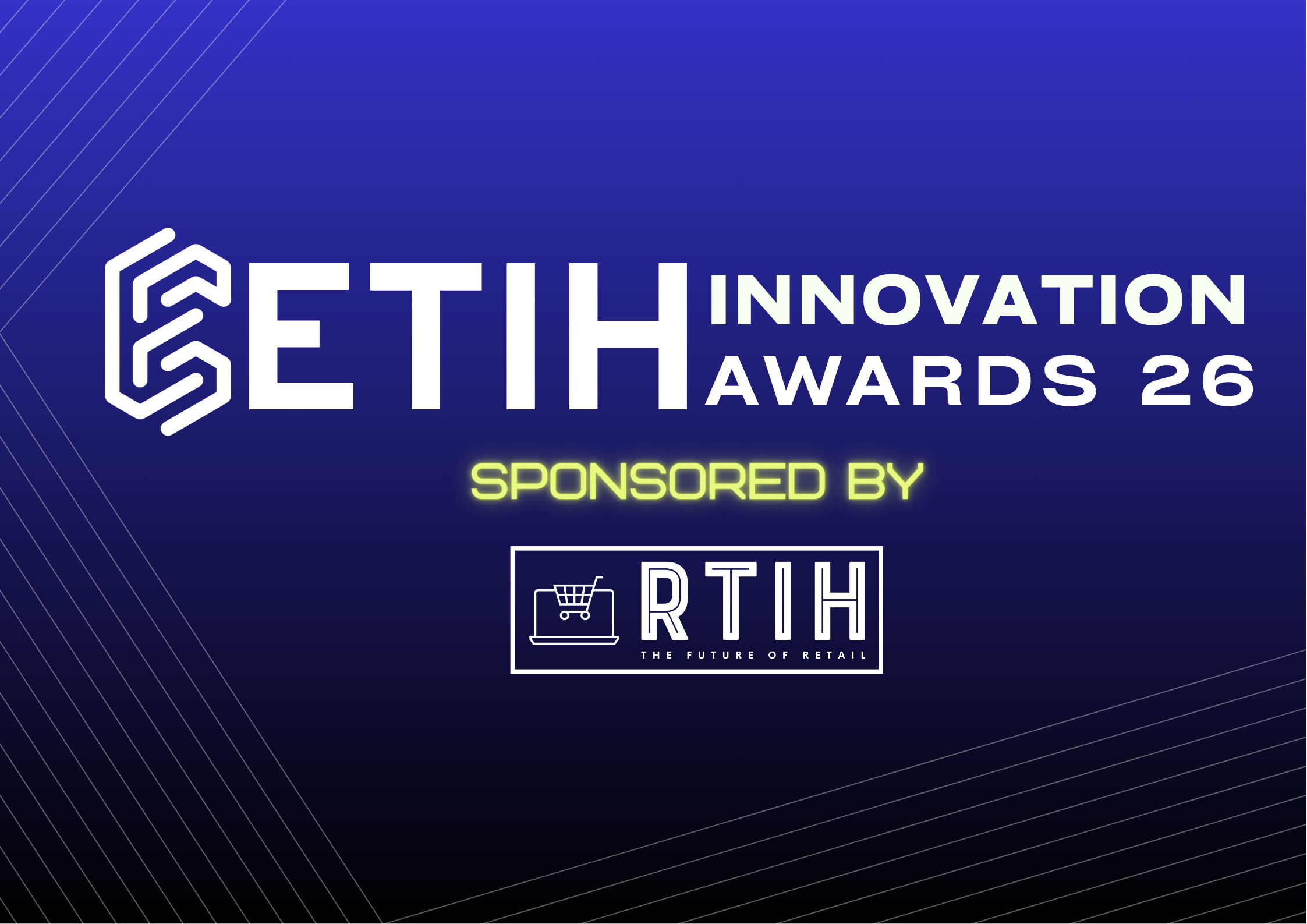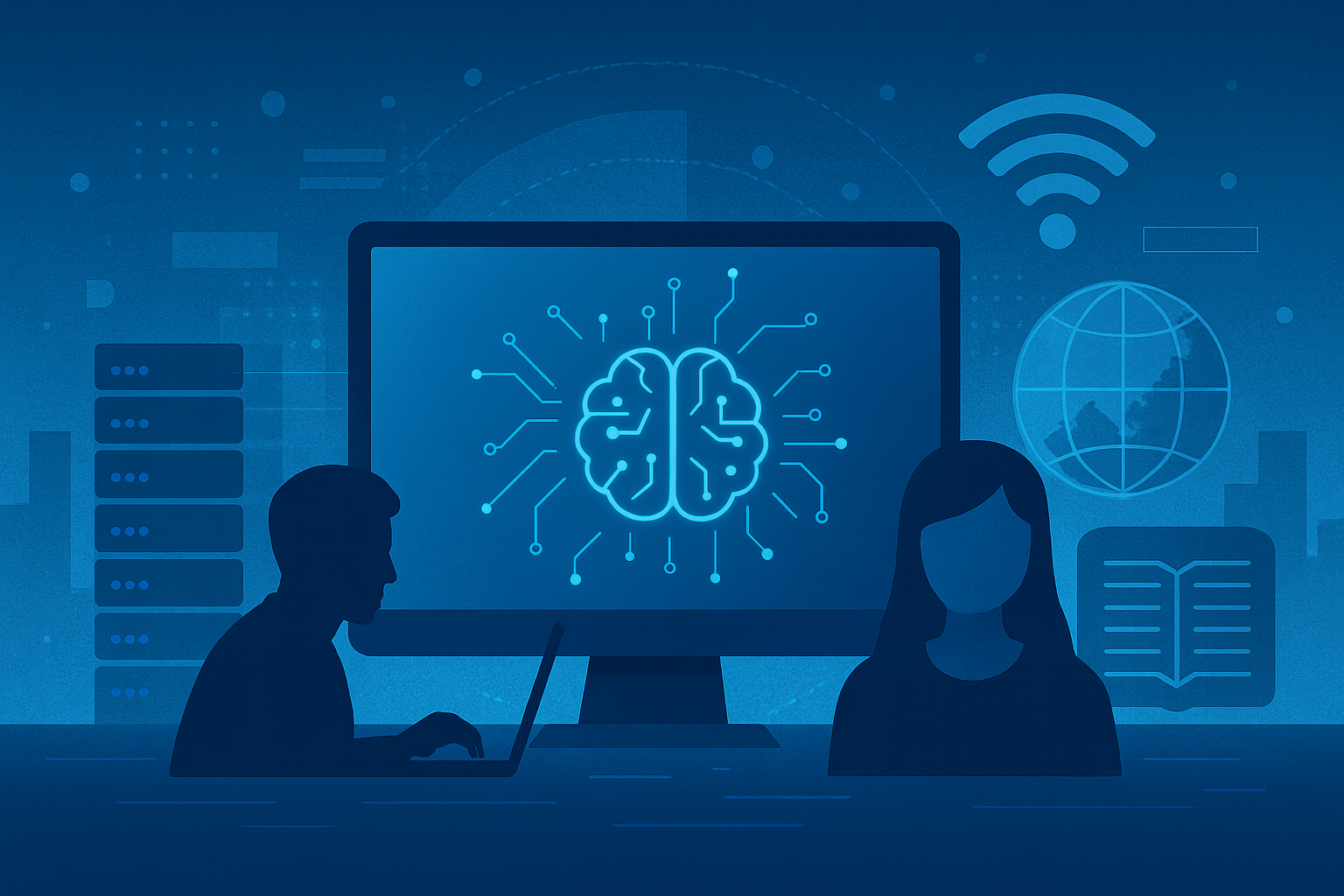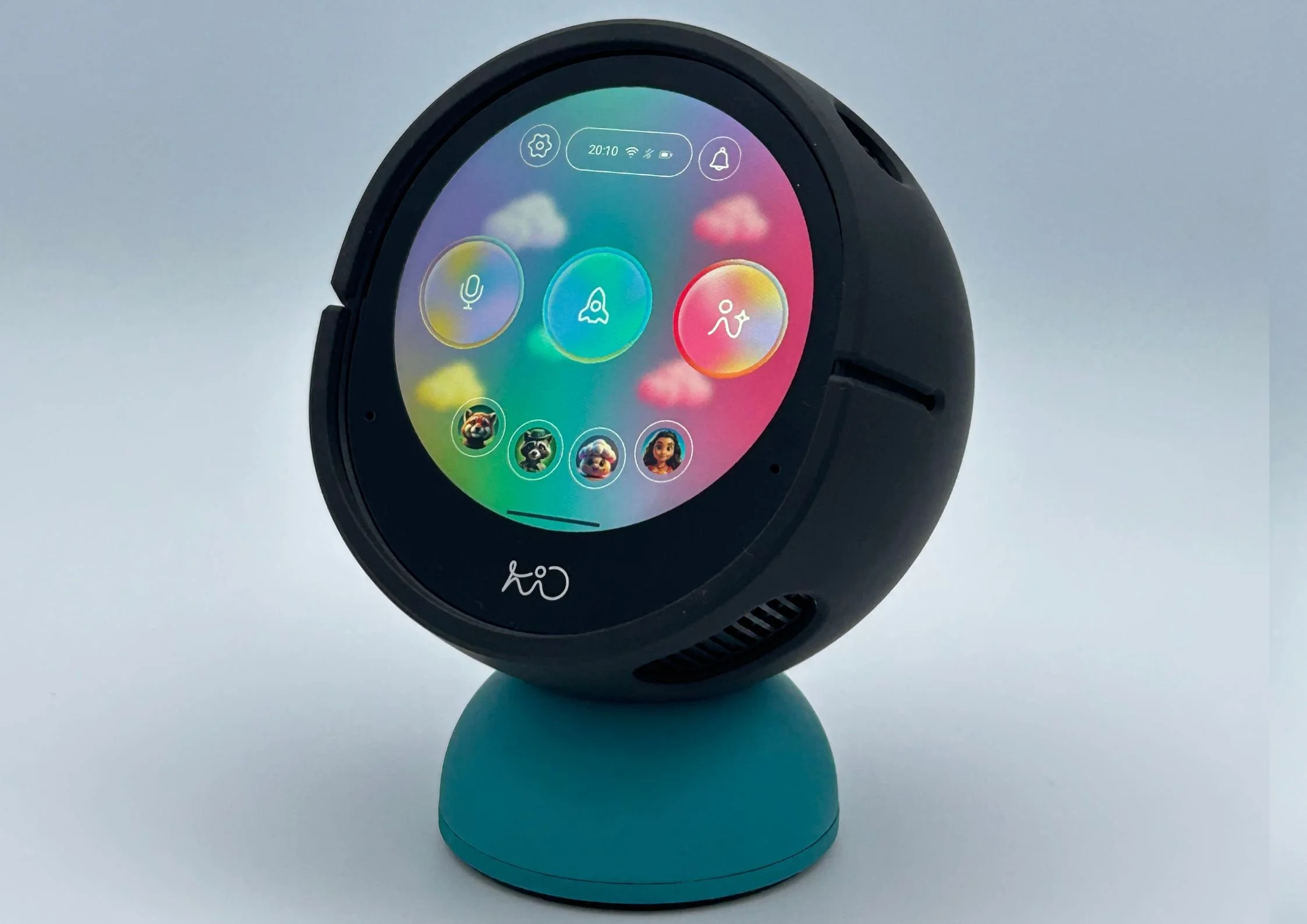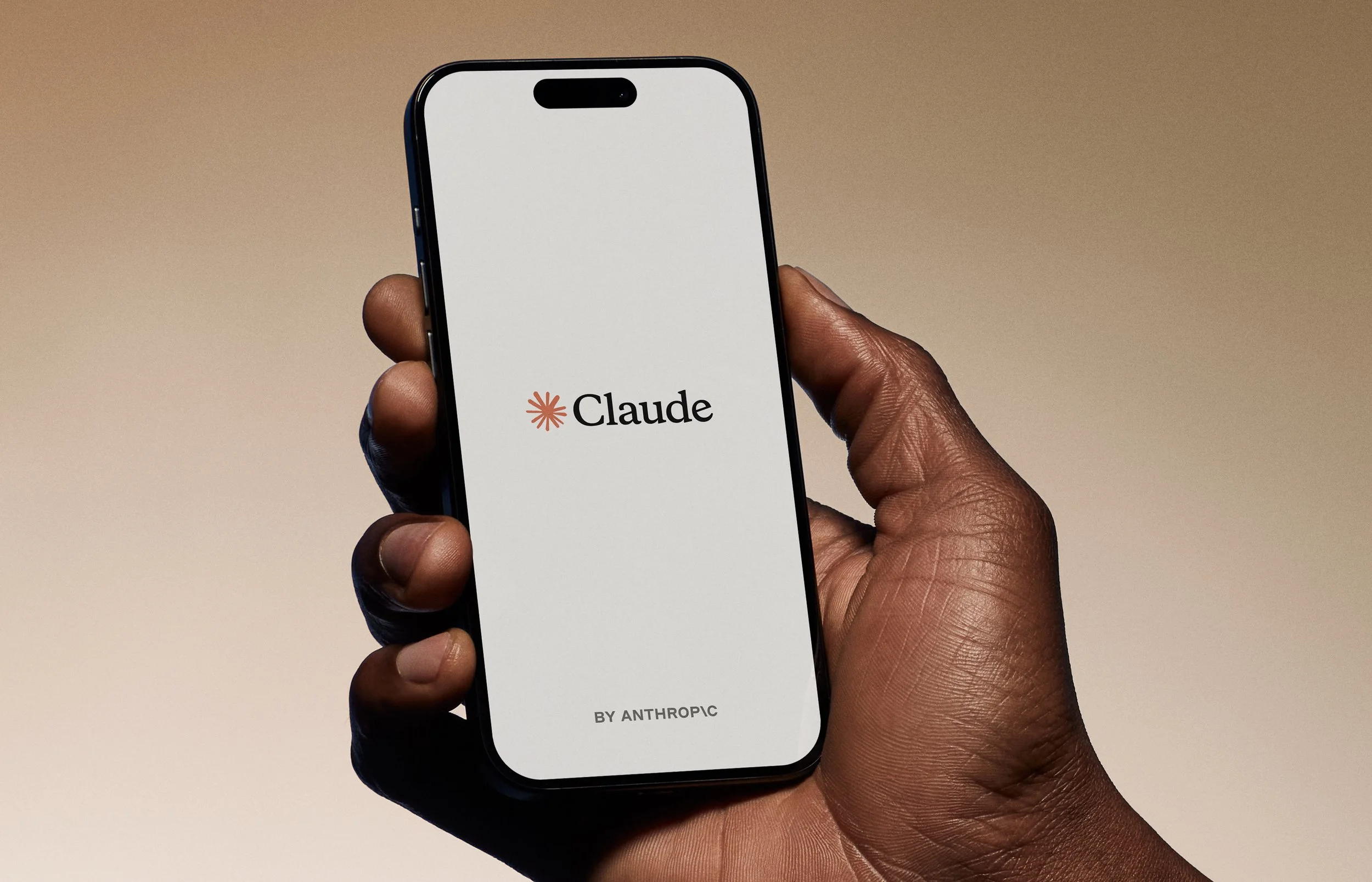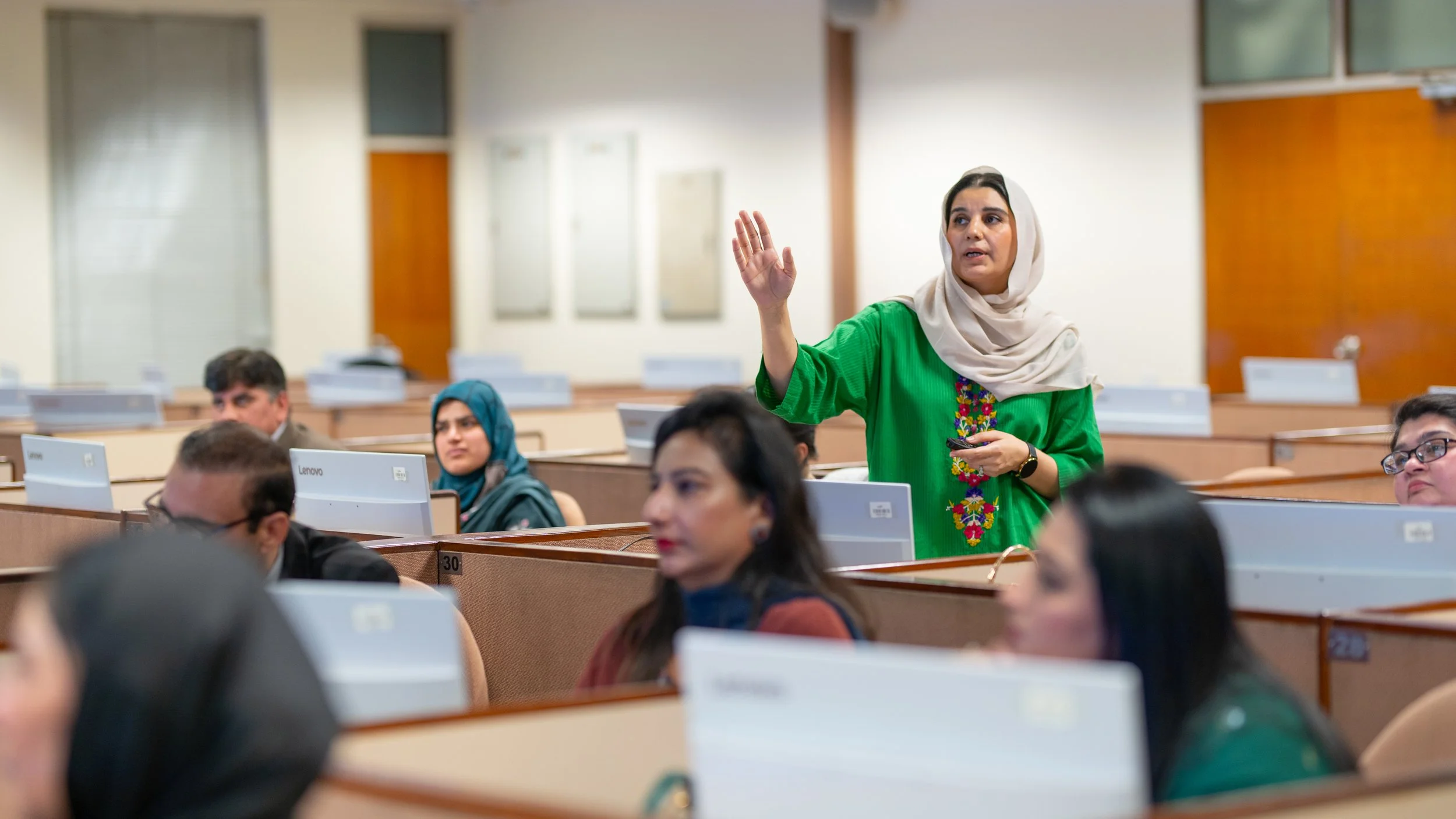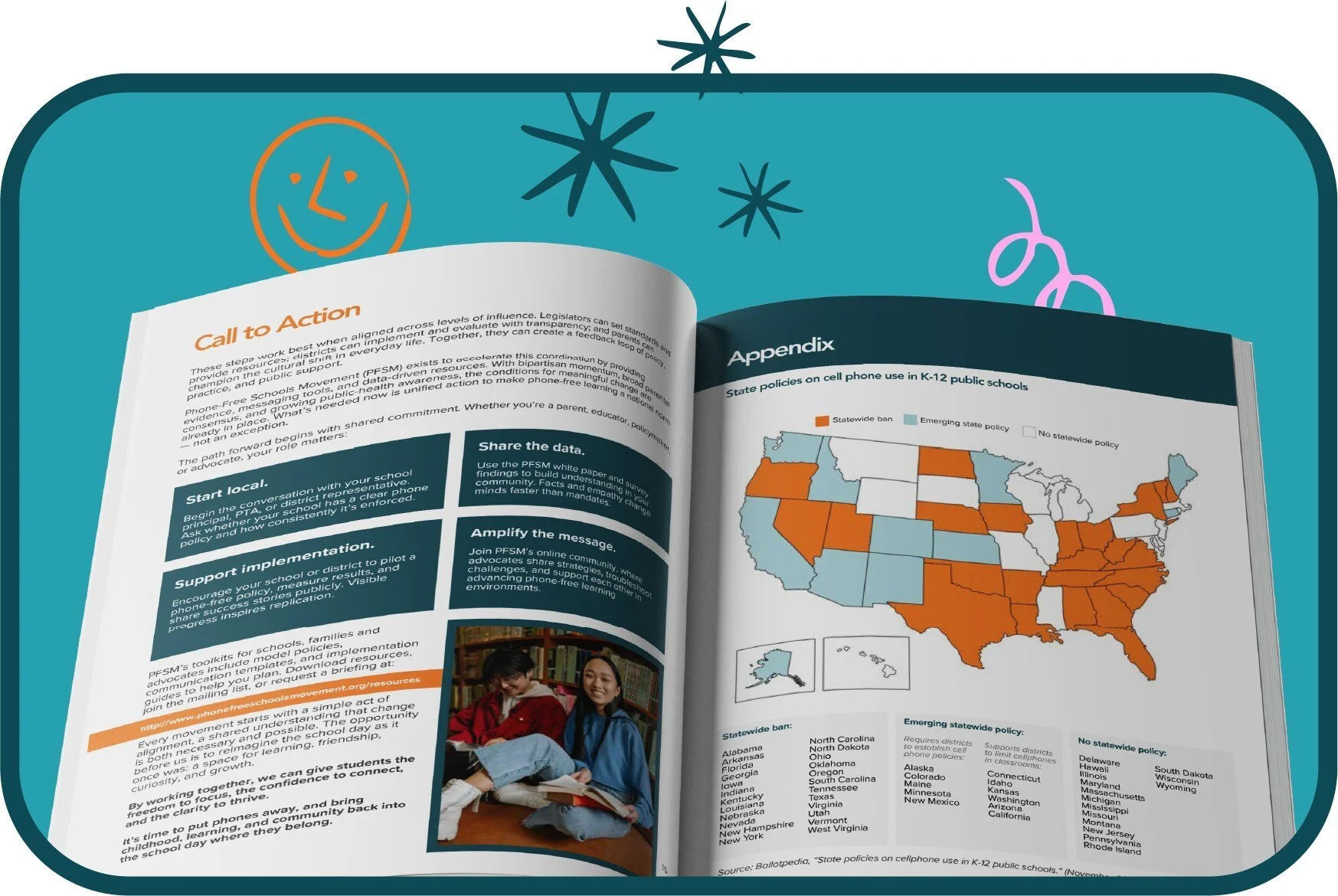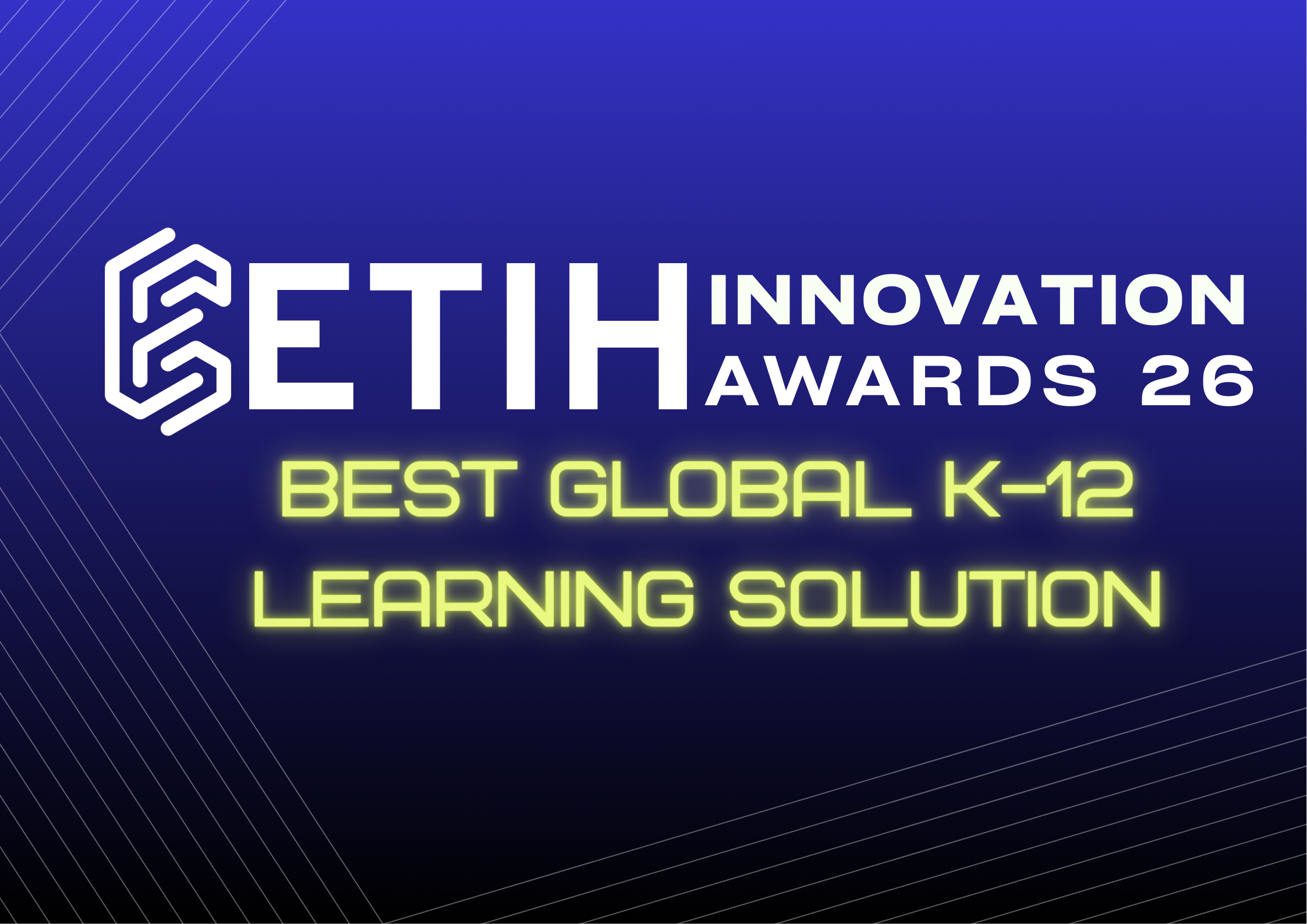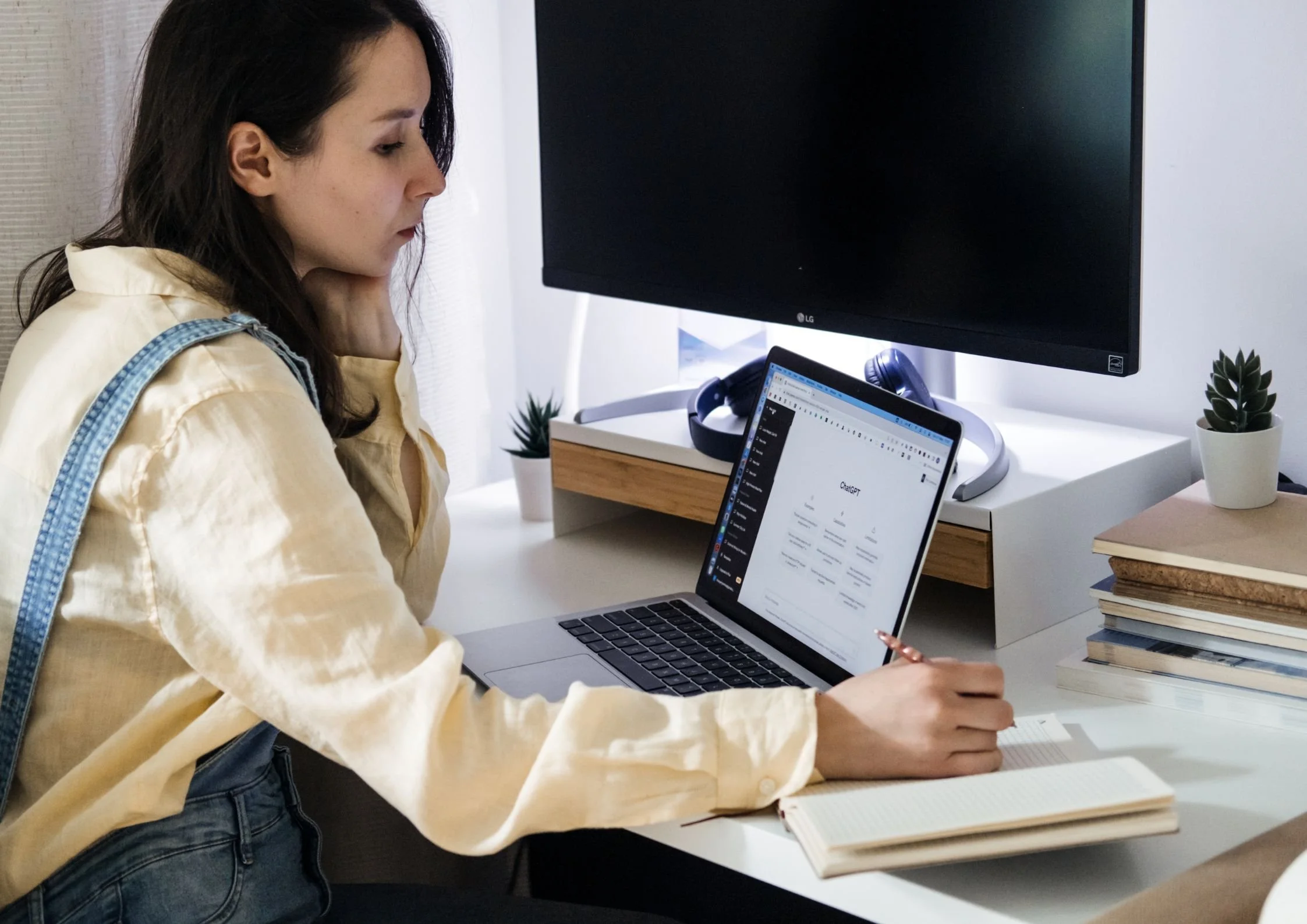OpenAI rolls out ChatGPT Atlas browser connecting AI tools directly to the web
OpenAI has introduced ChatGPT Atlas, a browser that integrates ChatGPT directly into online browsing. The launch was announced in a series of LinkedIn posts by CEO of Applications Fidji Simo, Head of ChatGPT Nick Turley, and Vice President of Education Leah Belsky.
Available now on macOS for Free, Plus, Pro, and Go users, Atlas aims to make ChatGPT an active tool across the web, allowing users to ask questions, complete tasks, and access AI assistance in real time.
Simo wrote that Atlas is part of OpenAI’s broader effort to make AI more accessible. “We now live in a world where powerful intelligence is accessible to anyone. Yet most people only experience a fraction of what AI can do for them today,” she said.
A browser built around ChatGPT
In her LinkedIn post, Simo described Atlas as “built with ChatGPT at its core so it can enhance your experience all across the web.” Users can open a ChatGPT sidebar on any page to summarize or explain information and use AI to manage tabs or draft content.
She added that the new “browser memories” feature enables ChatGPT to recall context from previously visited pages. “I look at a lot of gluten-free recipes but don’t always remember to make them. Now I can ask ChatGPT to make a meal plan for the week based on the latest recipes I’ve seen,” she said.
Simo said this marks a step toward transforming ChatGPT “from an insular and reactive text-based chat interface” into “an intuitive super-assistant that works on your behalf and is connected to all the services you need.”
New Agent mode to handle online tasks
Nick Turley, Head of ChatGPT, said in his LinkedIn post that Atlas makes “the web more interactive and conversational.” He explained that ChatGPT can now interpret and act on the page a user is viewing, “answering questions in context and helping you act without switching tabs.”
Turley added that the new Agent mode “adds speed – ChatGPT can move between sites, find what you need, and handle simple tasks as you browse.”
He described the release as part of ChatGPT’s transition from a chat platform to what he called “an operating system that helps you get things done across the web and in more parts of your life.”
Education team highlights classroom potential
Leah Belsky, OpenAI’s Vice President of Education, said in her post that Atlas represents a new way for students to learn. “A key contribution AI brings to learning isn’t just personalization – it’s contextualization,” she wrote.
“With Atlas, ChatGPT can now work alongside you as you browse the web — answering questions, offering suggestions, and helping you learn in context.”
She added that students in OpenAI’s ChatGPTLab are already using Atlas “to summarize dense research papers and find related sources without ever leaving the page,” as well as “manage assignments and tasks directly from their browser as they study.”
A step toward full integration
Simo said that as ChatGPT evolves, OpenAI’s goal is to make it “a fully connected hub that helps you manage your day and achieve your long-term goals.”
“When we first released ChatGPT, we weren’t sure how people would use it,” she wrote. “Now that we have feedback and signals from hundreds of millions of people around the world, it’s clear ChatGPT needs to become so much more than the simple chatbot it started as.”

